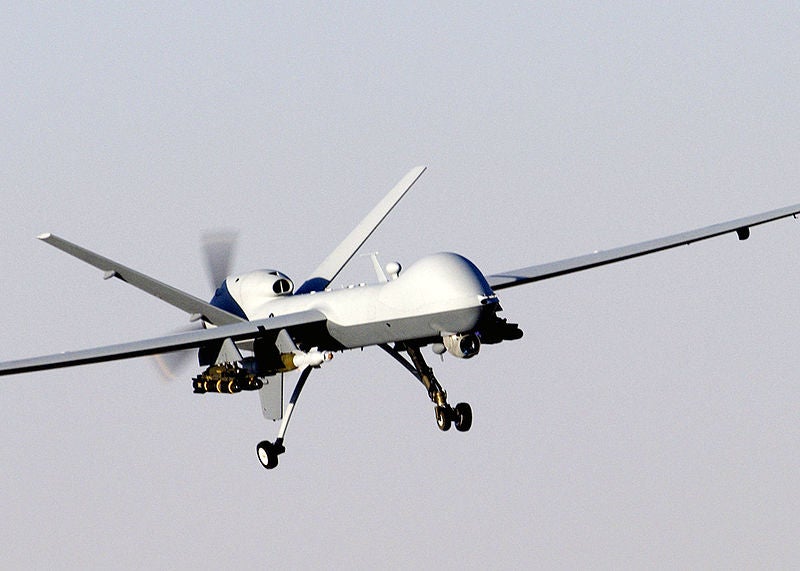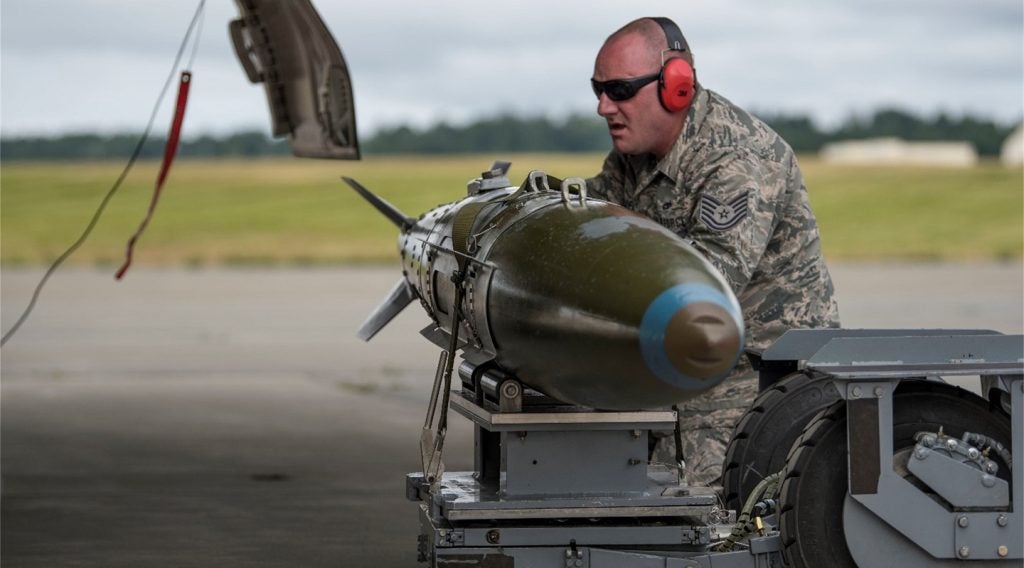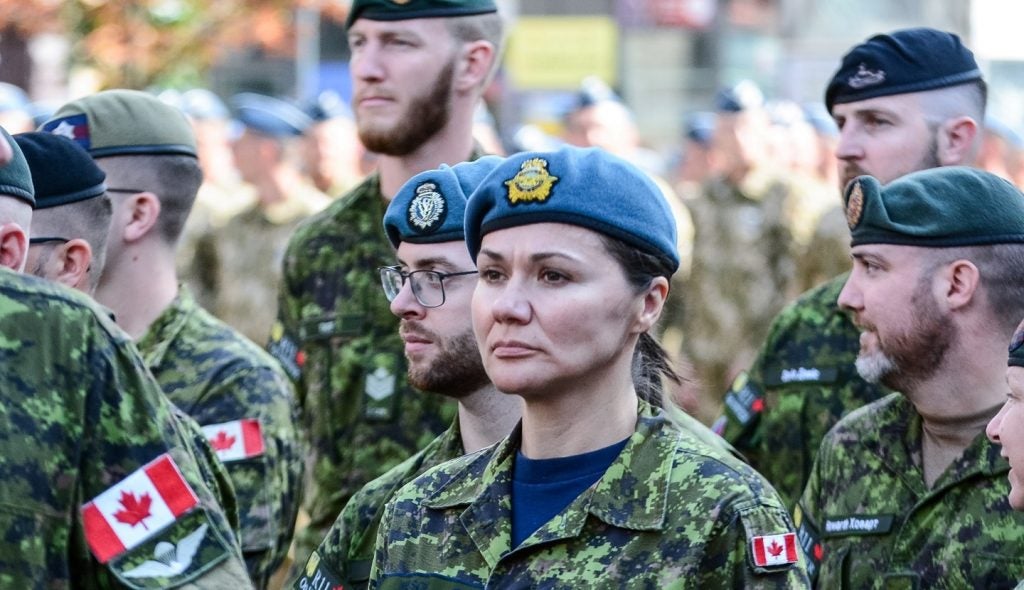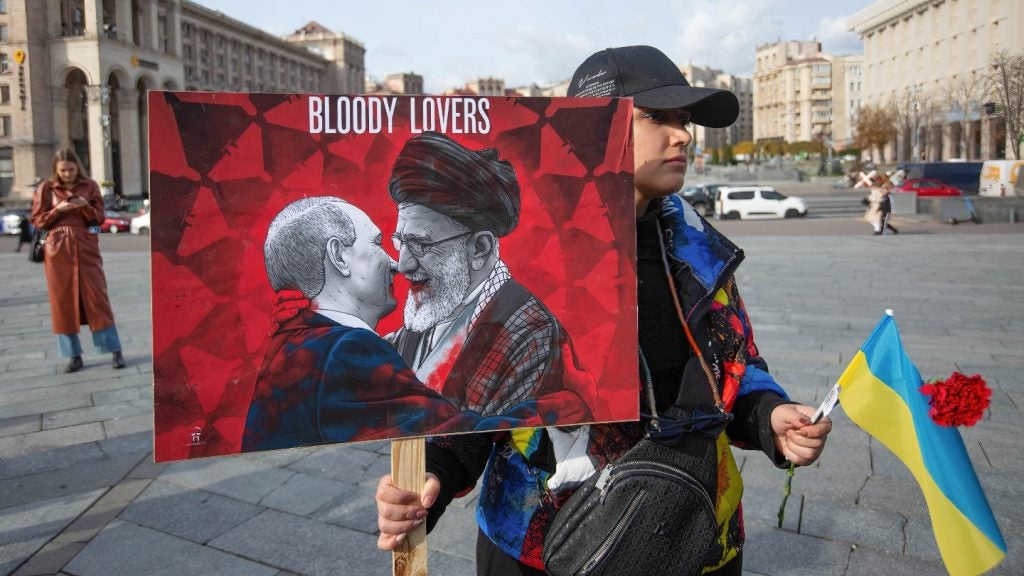
The US Air Force (USAF) has awarded a contract to Raytheon for the production of four dismount detection radars (DDRs), for use on its fleet of General Atomics-built MQ-9 Reaper unmanned aerial vehicles (UAV).
Under the terms of the contract, which was awarded at the ongoing 2012 Farnborough International Airshow, Raytheon will develop and deliver a total of four podded radars, along with ground control stations to the air force.
Mark Sims, Raytheon intelligence, surveillance and reconnaissance systems director, said the dismount detection radar represents an example of the innovative, scalable surveillance and targeting solutions developed by the company to meet customers’ most complex needs.
"Raytheon remains committed to providing quality products to support the surveillance mission of the men and women in the US Air Force," Sims added.
Chief Colonel David Hiltz, US Air Force Aerial Ground Surveillance Systems Division, said the radar will enable the soldiers, intelligence analysts and commanders to make critical decisions in the battlefield.
"This innovative radar represents a true team effort between government and industry," Hiltz added.
How well do you really know your competitors?
Access the most comprehensive Company Profiles on the market, powered by GlobalData. Save hours of research. Gain competitive edge.

Thank you!
Your download email will arrive shortly
Not ready to buy yet? Download a free sample
We are confident about the unique quality of our Company Profiles. However, we want you to make the most beneficial decision for your business, so we offer a free sample that you can download by submitting the below form
By GlobalDataThe DDR will provide MQ-9 Reaper with a ground moving target indication and synthetic aperture radar capability, intended to undertake a critical role during tracking of dismounted infantry troops.
The radar, mounted under the wings of the UAV, will support the USAF’s intelligence, surveillance and reconnaissance (ISR) missions by delivering accurate information about potential threats, such as vehicles and individuals in adverse weather conditions.
Deliveries under the contract are scheduled for completion in 2015, as reported by Aviation Week citing Raytheon Space and Airborne Systems strategy and business development vice president, Travis Slocomb.
The USAF also uses the multispectral targeting electro-optical infrared system, developed by Raytheon on its MQ-1 Predator unmanned aircraft fleet.
Image: A USAF’s MQ-9 Reaper UAV prepares for landing in Afghanistan. Photo: courtesy of Staff Sgt. Brian Ferguson, US Air Force.







